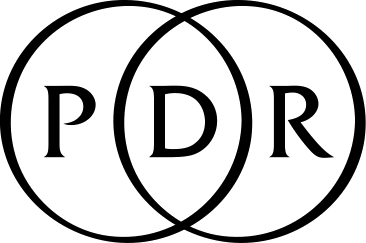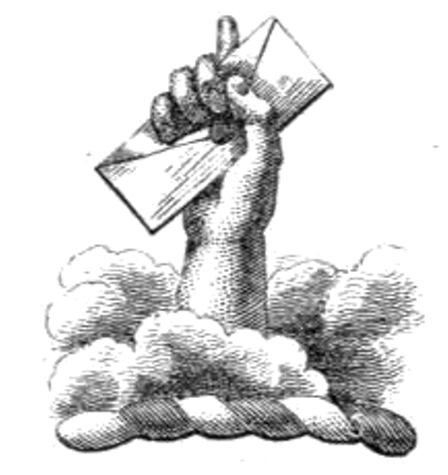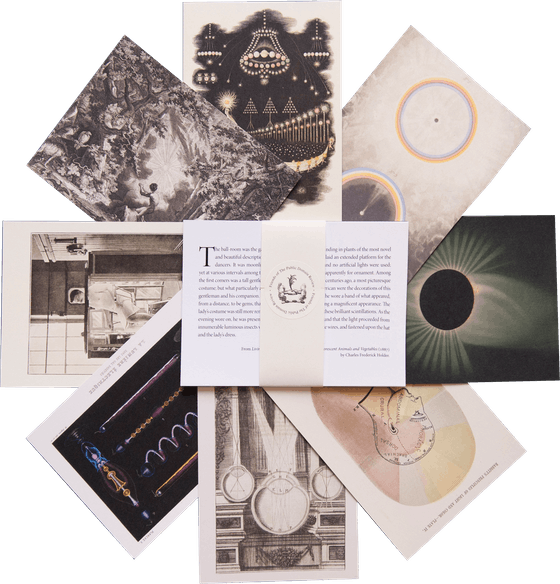
The Language of Form: Lothar Schreyer’s Kreuzigung (1920)
When Kreuzigung, or Crucifixion, premiered in 1920, it was the culmination of at least one hundred rehearsals. Yet like most of the works by German expressionist dramaturg Lothar Schreyer, it would be performed only a handful of times. For Schreyer, the performances he choreographed were transient and “unrepeatable”: a source of “newly creative forces for the transformation of humanity”. Actors emoted behind hulking, geometric, full-body masks, moving across spare and abstracted sets. The audience was limited to the tight-knit expressionist creative circle, and after mixed reactions to his earlier works — critics panned his workshop’s first performance, a 1918 staging of the opera Sancta Susanna, as “secret speech and limb exercises” — Schreyer personally asked the press not to attend. Yet, he remembers, “we wanted to give at least one of these plays” a form “which creative people could recognize in the future.”
Kreuzigung, a mystical retelling of the Crucifixion set in a desolate, postwar environment, would be the only one of Shreyer’s works captured in print. The edition featured here was published in 1920 in a run of 500 (supposedly preceded by a limited edition of 25 on Japan paper) and illustrated with exquisite hand-colored woodcuts. It remains the sole example of his workshop’s arcane scoring system, combining colors, words, and complex symbolic notation. In the introduction to his Kreuzigung: Spielgang Werk VII (Schreyer preferred the German neologism Spielgang to the more-familiar Theaterstück), Schreyer and his collaborators declare that the play is “intended to be a cosmic mirror of the unity of life”. Each of the seventy-seven prints were produced by the same artists, Max Billert and Max Olderock, responsible for the Kreuzigung performance masks.
Editor of the influential avant-garde journal Der Sturm, and founder of the related expressionist theater group Sturmbühne (storm stage) in Berlin and its Hamburg sister group Kampfbühne (battle stage), Schreyer’s ambitions were impressive. In 1921, he began a teaching position at the Weimar Bauhaus, where he staged his plays for over two years. His work, though controversial, would influence the later Bauhaus theater and modern dance movement. Following Kandinsky, Schreyer argued for a theater purged of “lifelike referents”, consisting of what the drama historian Mel Gordon describes as “pure sound, pure movement, pure color, pure form”. He would develop an abstracted, theoretically-driven stagecraft that pared down performance to what he called the “language of form”. In his memoirs, Schreyer recalls Kreuzigung as the production that came “closest to our goal”.
The Kreuzigung score is intricate, graphic — dense with geometric symbols cobbled together in striking prints. It is a visual embodiment of Shreyer’s utopian theatrical aspirations: in it, stage direction and script are boiled down into a spare, universal visual language. The pages can be parsed only with the help of a code, found on page two. The “Spielzeichen”, or play symbols, are condensed into something like a three-bar musical score divided into measures. The top bar contains the script. Across the middle, in a cacophony of colorful zigzags, ellipses, and marks, is a “tone sequence” capturing rhythm, pitch, and volume. Below, blending geometrics and words, we find the “movement sequence” or stage directions.
The “key” for decoding the symbolic notation in Lothar Schreyer’s Kreuzigung (1920) — Source.
In Kreuzigung, Christ is transformed into the character of “Man”. In something between a character description and a costume design, Man is introduced as an imposing rectangular silhouette bearing a bright red cross. He takes the stage with Mother and Mistress, similar robotic figures distinguished only by the colors of their geometric breasts, wombs, and antenna-like wings. Though the players were members of the Bauhaus artistic revolution, Shreyer mandated that his works should only be performed by “those who are not professional actors, who do not support the theater business, who are not critics, who do not want to be themselves”.
Like other examples in the long history of graphic performance notation, such as the eighteenth-century Beauchamp-Feuillet notation for dance, the Kreuzigung score reduces movement to its basic components. The range of motion available to man, mistress, and mother are limited to half- and quarter-turns, kneeling and straightening, rearrangements of arm, forearm, and hand. At its most vigorous, the action is nothing more than a flurry of hand gestures, a few steps forward, or a “half circle left around common axis”.
MISTRESS hands on breast, finger-tips together
MAN right hand over left hand
The script is stilted, liturgic, with chant-like repetitions. Each line is intense and disjointed, entirely unlike normal speech. The characters echo and speak over each other.
Tongues blaze world-world. Wordless. Holy. Holy.
Murdered flowers. Cracked stones. Slaughtered animals. I chew the End. Gestures.
Schreyer’s Bauhaus theater experiment was ultimately short-lived, controversial even among Sturmbühne's tight, insiders-only audience. When the play premiered on April 12, 1920, Schreyer reported mixed reviews. In his memoirs, he recalls complaints that the performance was “zu kultisch” (too cultish). In 1923, the artist Oskar Schlemmer replaced Schreyer at the helm of the workshop, whose dances would become a hallmark of Bauhaus performance art. Yet if Schreyer’s tenure, and his performances themselves, were essentially transient, the small run of Kreuzigung books has found lasting importance as a standout example of Bauhaus typography and graphic arts.
Sadly, a high-resolution digitisation of the complete work does not seem to be currently available online, though the New York Public Library has good quality scans of seven pages, all of which we feature below. If you would like to see the entire book (albeit in a lower resolution), check out these images from the Los Angeles County Museum of Art. For incomplete scans of another copy of Kreuzigung, held by Sheridan Libraries, see this JSTOR collection.
Enjoyed this piece? We need your help to keep publishing.
The PDR is a non-profit project kept alive by reader donations – no ads, no paywalls, just the generosity of our community. It’s a really exciting model, but we need your help to keep it thriving. Visit our support page to become a Friend and receive our themed postcard packs. Or give a one-off donation. Already a supporter? A huge thank you for making all this possible.
Jun 18, 2025







